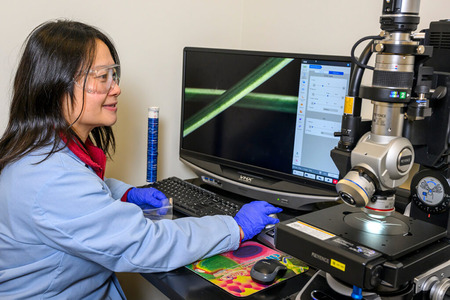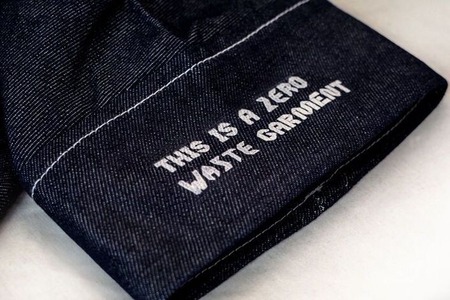
WSU unveils advanced melding cotton flexibility with polymer conductivity
YarnsandFibers News Bureau 2024-01-01 16:32:38 – USAResearchers at Washington State University (WSU) have developed a remarkable single strand of fiber with the flexibility of cotton and the electrical conductivity of a polymer called polyaniline. This innovative material holds great potential for applications in wearable electronic fabrics. The WSU team tested the fibers in systems detecting ammonia gas and powering LED lights, presenting their findings in the journal Carbohydrate Polymers.
According to Hang Liu, WSU textile researcher and the study's corresponding author, the fiber consists of two sections: one with the conventional flexibility and strength of cotton for everyday use and another with the conductive material. This combination allows the cotton to support the conductive side, providing the necessary functionality.
While further development is required, the goal is to incorporate such fibers into apparel as sensor patches with flexible circuits. These patches could be integrated into uniforms for firefighters, soldiers, or chemical workers to detect hazardous exposures. Other potential applications include health monitoring or exercise shirts with capabilities beyond current fitness monitors.
The WSU team addressed challenges associated with combining the conductive polymer with cotton cellulose in this study. Polymers, materials with large molecules and repeating patterns, were used, specifically polyaniline (PANI), a synthetic polymer with conductive qualities commonly used in printed circuit boards.
Despite PANI's inherent conductivity, it is brittle and cannot be processed into a textile fiber alone. To overcome this, the researchers utilized two solutions: one for the conductive polymer and another for cotton cellulose obtained from recycled t-shirts. By extruding these solutions side by side, they achieved a single fiber with excellent interfacial bonding, ensuring the molecules from different materials stay together during stretching and bending.
Market Intelligence
Ask for free sample Report

experience
Customer Base
dedicated team
Countries Served Worldwide







![Freitag unveils new Mono[P6] circular backpack](https://www.yarnsandfibers.com/wp-content/uploads/2024/04/Freitag.jpg)

